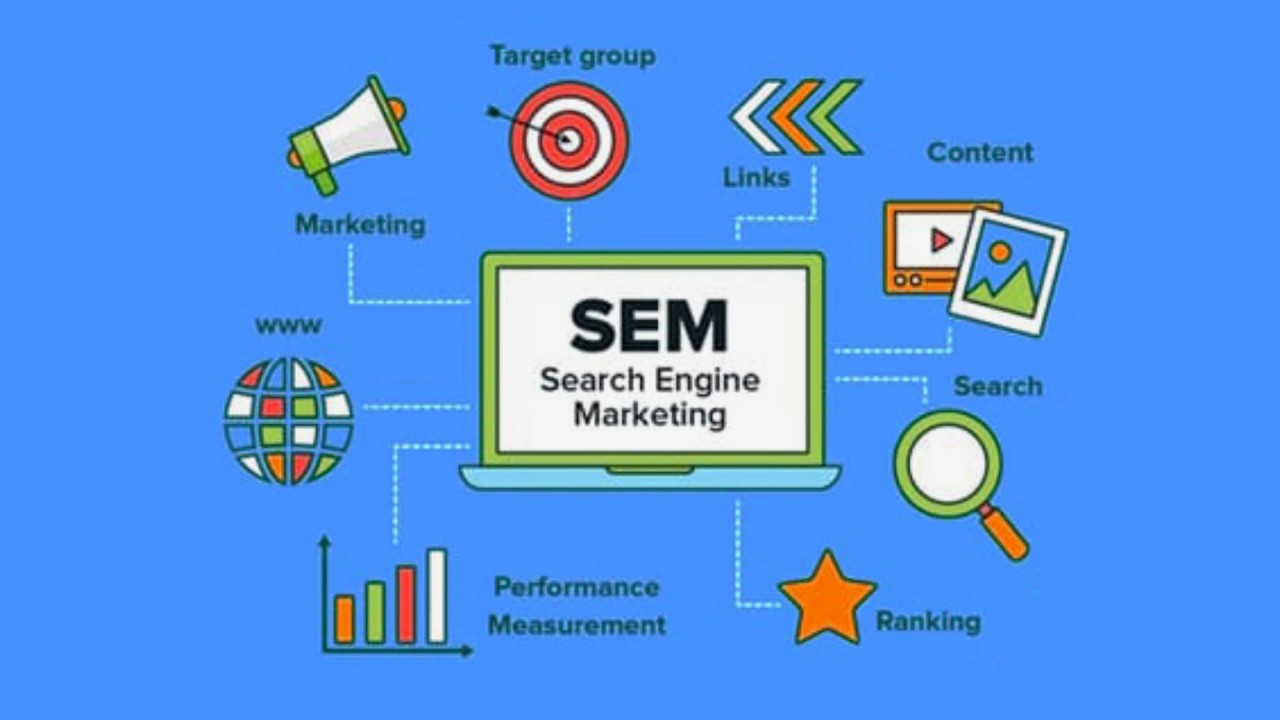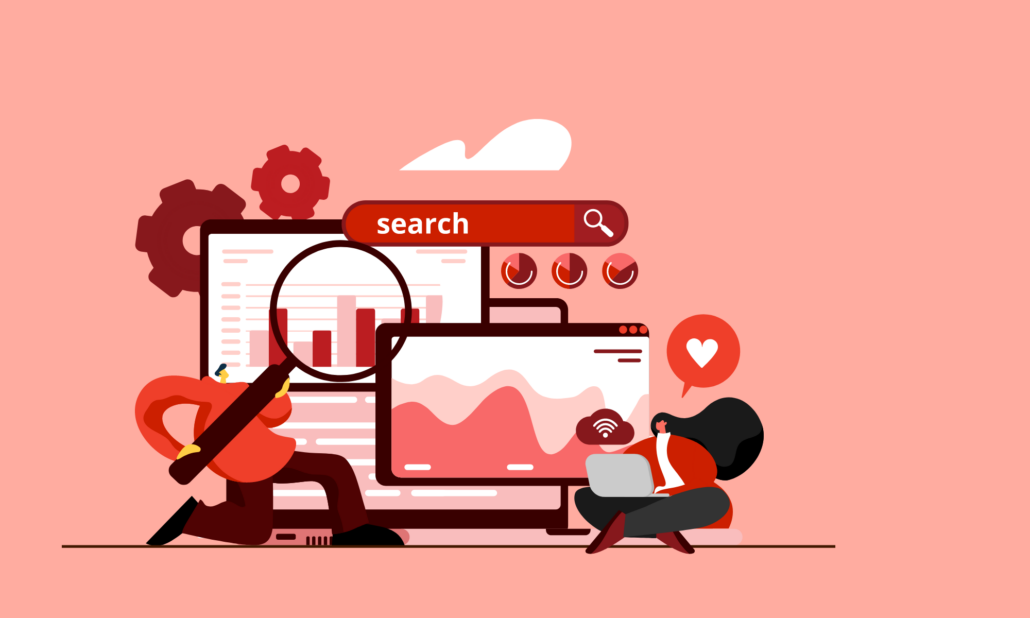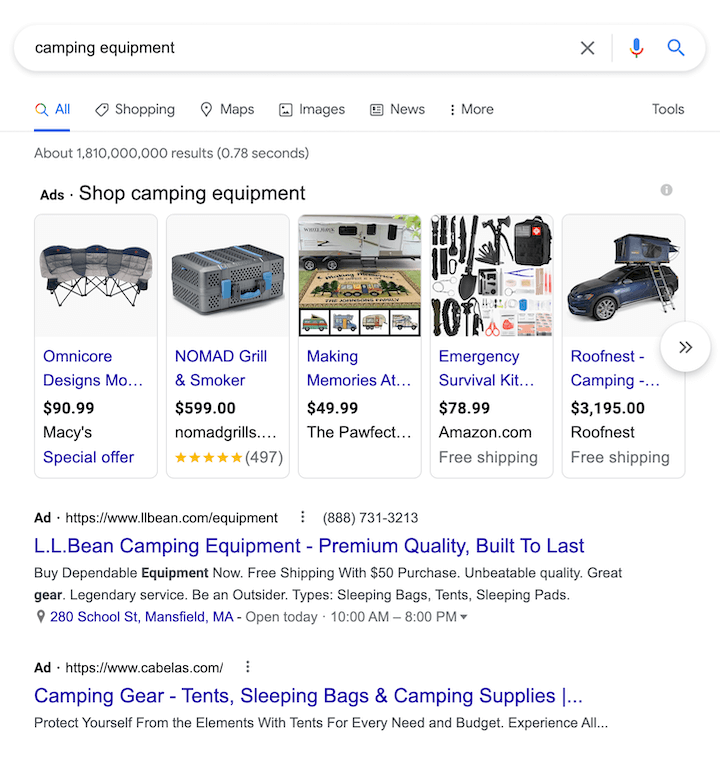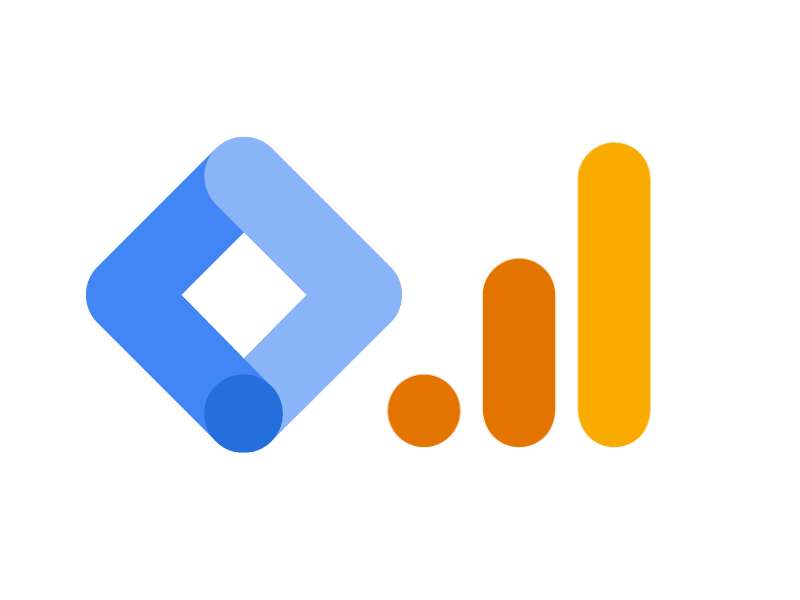Search Engine Marketing (SEM) is a digital marketing strategy that increases visibility in search engine results pages (SERPs). It primarily involves paid advertising to achieve immediate web traffic and brand promotion.
Mastering Search Engine Marketing is essential for businesses seeking an edge in the digital marketplace. SEM leverages the power of search engines like Google and Bing to reach potential customers at the perfect moment—when they’re searching for your products or services.
This targeted approach ensures that your marketing budget is spent efficiently, attracting qualified traffic rather than casting a wide net. An effective SEM campaign involves keyword research, ad creation, and ongoing optimization to maximize the return on investment. With an understanding of search algorithms and user behavior, SEM helps businesses cut through the noise and stand out among competitors. The immediacy of results, combined with analytics, allows for quick adjustments to strategies, aligning with consumer trends and market changes.
The Rise Of Search Engine Marketing
Search Engine Marketing (SEM) has become a critical strategy for businesses worldwide. It’s a powerful way to drive traffic. Fast results and measurable ROI make SEM a go-to digital marketing strategy.
The Digital Marketing Evolution
Digital marketing has drastically changed. As technology advances, strategies evolve. With more people online, businesses adapt to stay visible. Search engines offer new ways to reach customers. SEM thrives in this shifting landscape.
Key Figures And Trends In SEM
SEM’s importance is clear in the numbers. Studies show its adoption and success rates have risen. Businesses allocate budgets toward SEM. This trend reflects SEM’s effectiveness in terms of visibility and sales.
SEM Statistics
| Statistic | Value |
|---|---|
| Google Ads ROI | 200% |
| Click-Through Rate for Paid Search | 2% |
| Annual SEM Spend | $137 Billion |
- Global SEM growth continues.
- Mobile SEM boosts conversions.
- Visual searches gain popularity.

Credit: www.linkedin.com
Core Components Of SEM
Let’s dive into the heart of Search Engine Marketing (SEM). SEM helps websites gain visibility. It includes several methods. SEM can draw more users to a site. Today, we’re exploring its core components. Understanding these will help you master SEM.
Paid Search Advertising
Paid search advertising places ads on search engine results pages (SERPs). Advertisers bid on keywords. Users search these keywords. Ads appear next to the search results.
- Pay-per-click (PPC): You pay for each click on your ad.
- Cost-per-impression (CPM): You pay for ad views.
- Google Ads: A popular platform for managing SEM ads.
Businesses can target specific searches. SEM ads can also be adjusted for demographics, location, and time of day.
SEO And Organic Reach
SEO (Search Engine Optimization) enhances organic reach. It does not cost money like ads. Good SEO makes a website appealing to search engines.
- Keywords: Essential for on-page SEO.
- Content quality: It should be original and useful.
- Backlinks: Other sites linking to your content show credibility.
Mobile optimization and fast loading times are also crucial. Use tools like Google Analytics to see progress.
The Synergy Between SEO And PPC
SEO and PPC work best together. They create synergy. SEO brings long-term traffic. PPC offers quick exposure.
| SEO | PPC |
|---|---|
| Cost-effective in the long run | Immediate results |
| Builds credibility | Targets specific users |
| Requires regular content updates | Flexible and adjustable |
Data from PPC can inform SEO strategies. Using both can boost a site’s presence in search engines.
Crafting An Effective SEM Strategy
When it comes to Search Engine Marketing (SEM), a well-thought-out strategy is key. Successful SEM campaigns don’t happen by chance; they are born from careful planning and precision execution. Below are essential steps to sculpt an SEM strategy that delivers results and maximizes return on investment.
Setting Measurable Goals
Setting clear, quantifiable objectives is crucial. Goals guide campaign tactics and measure success. Common SEM goals include:
- Increase website traffic: Aim for a specific percentage growth in visitors.
- Boost conversions: Set a target for sales or leads.
- Enhanced brand visibility: Work towards higher ad impressions.
Understanding Your Audience
Know the audience and tailor campaigns to their needs. Consider factors like:
| Demographics | Preferences | Behavior |
|---|---|---|
| Age, location | Interests, device use | Search patterns, purchase history |
Use this data to align campaigns with user intent.
Keyword Research Fundamentals
Keywords are the foundation of SEM. Master these essentials:
- Relevance: Choose keywords closely related to your products or services.
- Intent: Understand what users expect when they search.
- Volume: Opt for keywords with sufficient search traffic.
- Competition: Balance between high- and low-competition keywords.
Ad Copy That Converts
Ads need to resonate to prompt action. Employ:
- Compelling headlines: Attract attention with a clear and concise message.
- Benefits-led copy: Focus on how your product solves problems.
- Strong call-to-actions (CTAs): Encourage clicks with commanding language.
- Test and refine: Use A/B testing to maximize ad performance.

Credit: www.abstraktmg.com
Tools And Technologies Powering SEM
Search engine marketing (SEM) cannot thrive without the right tools and technologies. They power up campaigns and strategies, making SEM more effective. Let’s dive into some of these essential tools and technologies.
Essential SEM Platforms
Several platforms stand out in the SEM landscape. These platforms are vital for running and managing ad campaigns.
- Google Ads: This is the go-to for most SEM campaigns. It allows targeting through keywords and demographics.
- Bing Ads: Often overlooked, Bing Ads reach a different segment of internet users and can be less competitive.
- Facebook Ads Manager: For social media SEM, Facebook offers extensive targeting options and a broad audience.
Analytics And Performance Monitoring
Tracking results and performance is key. Analytics tools provide insight into campaign success and areas for improvement.
- Google Analytics: It tracks website traffic and evaluates the performance of SEM campaigns.
- SEMrush: This tool offers data on SEO and PPC, along with competitor insights.
- Moz Pro: Moz Pro delivers analysis of search engine rankings and keyword performance.
Automation In SEM
Automation takes repetitive tasks out of human hands. This lets SEM professionals focus on strategy and creativity.
- AdWords scripts: These scripts automate common Google Ads tasks and customize reports.
- Aquisio: It uses machine learning to optimize bidding strategies and budget allocation.
- WordStream: Offers tools for managing and optimizing campaigns across multiple platforms.
Challenges And Pitfalls In SEM
Search Engine Marketing (SEM) is an essential tool for digital success. But, it comes with challenges. Mastering SEM can drive your brand to new heights. Yet, ignoring its pitfalls can lead to wasted budgets and missed opportunities. Let’s explore these potential setbacks and how to navigate them.
Navigating Algorithm Updates
Search engines are always evolving. Google rolls out hundreds of algorithm updates annually. Keeping pace requires diligence. Marketers often find their tried-and-true tactics no longer effective.
- Stay informed on the latest changes.
- Analyze campaign performance data regularly.
- Adapt strategy swiftly to stay ahead.
The Complexity Of Bid Management
Successful bid management is a complex task. It is the key to maximizing Return on Investment (ROI). Poor bid strategies can drain budgets. Skilled marketers excel at bidding the right amount for each click.
- Use analytics to set accurate bids.
- Determine the value of each keyword.
- Optimize bids for different devices and times.
Avoiding Common SEM Mistakes
Common SEM mistakes can hinder campaign success. Knowing what to avoid saves time and money.
| Mistake | Consequence | Prevention |
|---|---|---|
| Ignoring negative keywords | Irrelevant traffic increases | Regularly update negative keyword lists |
| Poor ad copy | Low click-through rates | Create compelling and relevant ads |
| Not testing | Missed optimization opportunities | Conduct A/B tests on ads and landing pages |
Credit: rockcontent.com
Future Of Search Engine Marketing
Search Engine Marketing (SEM) keeps evolving with technology. Smart strategies lead to better visibility online. Businesses must stay aware of changes to stay ahead. Let’s explore the horizon of SEM.
Voice Search And AI’s Impact
Voice search is becoming a game-changer in SEM. It’s quick and hands-free. People use voice assistants like Siri and Alexa more and more. This impacts how marketers create content. They focus on conversational keywords and questions we use in everyday talk.
- Natural language processing is key.
- Content must answer real questions.
- Artificial Intelligence (AI) personalizes user experiences.
The Role Of Mobile In SEM
Mobile devices are central to online searches. Google ranks mobile-friendly sites higher. This makes responsive design a must. Sites must load fast and display well on phones.
| Feature | Importance |
|---|---|
| Speed | Google favors fast-loading sites. |
| User Experience | Easy navigation retains users. |
| Accessibility | Sites must be usable by everyone. |
Predictions For The SEM Landscape
The landscape of SEM is shifting. Let’s peer into the crystal ball:
- AI will drive much of content creation and analysis.
- Video content will be essential for engagement and ranking.
- Data privacy will shape ad targeting strategies.
FAQ Of Search Engine Marketing
What Is SEM Vs SEO?
SEO (Search Engine Optimization) enhances a website to improve its organic search rankings. SEM (Search Engine Marketing) encompasses SEO tactics plus paid strategies, such as PPC (Pay-Per-Click) advertising, to increase search visibility.
What Are The 3 Main Search Engine Marketing Products?
The three main search engine marketing products are pay-per-click (PPC) advertising, search engine optimization (SEO), and paid inclusion.
What Is An Example Of SEM?
An example of SEM is using Google Ads to place a sponsored ad that appears at the top of Google search results for specific keywords.
What Is An Example Of A Google Search Engine Marketing?
An example of Google search engine marketing is using Google Ads to create and run advertisements that appear in Google search results.
Conclusion
Navigating the realm of search engine marketing can be daunting, yet it’s undeniably powerful for business growth. By leveraging the strategies outlined in our post, brands can elevate their online presence and reach more customers effectively. Remember to keep content relevant, focus on keywords, and monitor your campaigns for the best results.
Embrace SEM’s dynamic nature, and let it fuel your digital success story.




